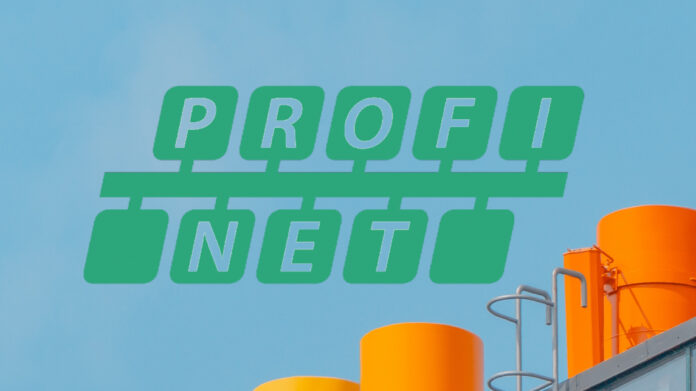US-based private network vendor Celona has introduced important – critical for hard-nosed Industry 4.0 – fixes to its private LTE/5G system to support key layer-two operational technology (OT) protocols to network industrial machines – including with PROFINET, most significantly, but also BUS, EtherNet/IP, EtherCAT, and Modbus TCP. The move brings Celona in line with Nokia, notably, which has been working the OT channel longer for private LTE/5G sales, as well as Siemens and certain others.
It preempts the company’s harder push into manufacturing, oil and gas, chemical, and pharmaceutical sectors.
Layer-two applications and protocols like PROFINET et al are geared to run over a wired Ethernet network to exchange data between industrial machines and programmable logic controllers (PLCs). They are charged with coordinating and synchronising processes on wired networks, historically, and used commonly in process automation systems in mission-critical production environments in discrete and process manufacturing – to manage time-sensitive network (TSN) control over assembly lines, robotic systems, transport systems, and machine tools.
A statement from Celona explained: [These layer-two protocols] facilitate electronic communication between different field devices, sensors, and control systems and allows for seamless integration and coordination between different machines, robots, and control systems by enabling efficient [orchestration] of production processes. But unlike other communication protocols, [they] require deterministic and low-latency transport for many applications, especially those involving motion control or safety-critical systems.”
It went on: “Unfortunately, conventional best effort wireless network technologies, such as Wi-Fi, have never been well suited to support PROFINET due to variable latency, jitter and packet loss and retransmissions caused by factors such as interference, network congestion, and changing environmental conditions. These challenges often render expensive and important process production systems inoperable over a wireless network.”
Celona’s ‘fix’ comes with its traffic micro-slicing policy in its cloud-based management system (Celona Orchestrator), to enable IT/OT technicians to define a device group and traffic policy to apply strict latency, jitter, packet loss and throughput thresholds using the PROFINET, BUS, EtherNet/IP, EtherCAT, and Modbus TCP. Its ‘orchestrator’ establishes layer-two “tunnels” – “using layer-two general routing encapsulation (GRE) or virtual extensible LAN (VXLAN) techniques – from the edge to customer premise equipment (CPE).
This way it “encapsulates” the layer-two Ethernet frames in layer-three (LTE/5G) data packets, so they can cross network boundaries. That’s the story, anyway. Celona has contributed a good Reader Forum article on the subject, available here. It further explained in a statement: “Since layer-two comms now take place over the layer-three 5G local-area network, a central controller can communicate with decentralised I/O modules on mobile devices such AGVs via PROFINET in a private 5G network and no local controls are needed on the individual AGVs.”
It went on: “This saves costs, reduces maintenance, and radically streamlines the operational burden for IT/OT staff who would otherwise be forced to manually configure individual tunnels for each system. New policy-based frameworks can make supporting protocols like PROFINET a zero-touch experience for IT and OT staff as admins can configure a single policy and have it automatically applied to hundreds of sites and thousands of devices.”
Puneet Shetty, vice president of product management at Celona, commented: “Getting time sensitive protocols like PROFINET to work reliably over wireless has been a long-standing challenge for the industrial sector. Celona’s unique support for these types of protocols over private wireless will help organisations effectively eliminate downtime and interruptions for critical systems while enabling new levels of agility at a lower operational cost.”

